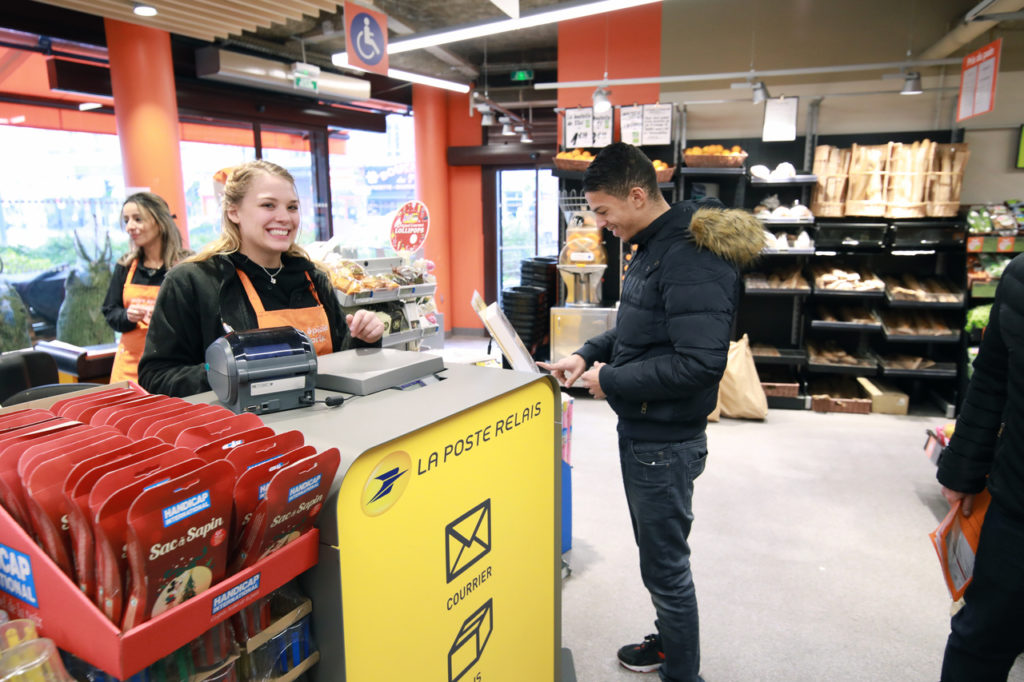Alain Roset, director of France’s La Poste, will give a presentation titled An update on blockchain developments, focused on logistics and new postal activities at this year’s Parcel+Post Expo Conference.
Tell us about your presentation.
Blockchain is 10 years old and, beyond Bitcoin, some implementations are now in production at a medium scale, mainly in financial B2B markets. Regulators and policymakers are trying to find the best compromise between control and innovation for the regulated markets. Postal operators are built on transaction processes, and a post’s developments in new digital services may suffer from blockchain startups – or this technology may improve the post’s efficiency. The examination of some recent postal examples of blockchain services will serve to illuminate the added value, the consistency of the technology, and the demand of customers.
What is blockchain?
A business definition: Blockchain is a stack of IT tools that facilitate the optimization of value chains shared between multiple entities without the ability, for one of them, to take the lead and drive the global improvement of the services in term of cost, speed or quality.
Or a ‘startup’ version: the opportunity to challenge, in a suboptimal market, the historical organizations that have multiple layers or are based on a nearly monopolistic two-sided platform.
Technical definition: Blockchain is an architecture with several software tools operating as interfaces between multiple independent IT systems, tolerating a wide range of security, resilience, and computing power levels with no a single point of failure and without the need for a single central platform. Blockchain needs a minimal degree of coherence and consistency between the stakeholders, while ensuring a high level of resilience to the global system.
Blockchain systems are built on several cryptographic algorithms, distributed computation and storage on multiple nodes, while ensuring the consistency of the shared data.
How can blockchain be used in logistics and postal activities?
Blockchain may be useful in complex logistics chains with multiple stakeholders slightly paired without a recognized leader, such as cross-border flows and last-mile delivery with city-level optimization of different logistics networks to deal with environmental constraints. Blockchain may also serve as proof of process for specific flows, such as delivery of food or pharmaceuticals, allowing, in case of incidents, clear identification of the responsibilities of the links involved.
What can blockchain be used for in the future?
Blockchain will expand first inside the finance market from B2B up to B2C by developing new services or reinventing ones to make them less costly and more efficient, or to target new segments of customers. Track-and-trace functions will expand along the entire chain from the producer up to the final consumer, proving authenticity and origins of all the ingredients of an object, food, medicine, etc.
New personal identification schemes will not need a centralized database of personal data – a lucrative honeypot for hackers. Proof of skills, identity and diplomas will replace the document itself, with potential implementations in a large number of use cases. Finally, in the more distant future, blockchain architecture may transform health data management by making consistent privacy rules and the processing of medical data for scientific and research purposes.
 See Alain Roset, director of La Poste, give his presentation at 9:00am on Thursday, October 3 in room 3. Interested in blockchain technology? Join us at our Workshop: Postal Blockchain Exploration on Tuesday, October 1 at 4:10pm in room 3. The full conference program can be found here.
See Alain Roset, director of La Poste, give his presentation at 9:00am on Thursday, October 3 in room 3. Interested in blockchain technology? Join us at our Workshop: Postal Blockchain Exploration on Tuesday, October 1 at 4:10pm in room 3. The full conference program can be found here.


